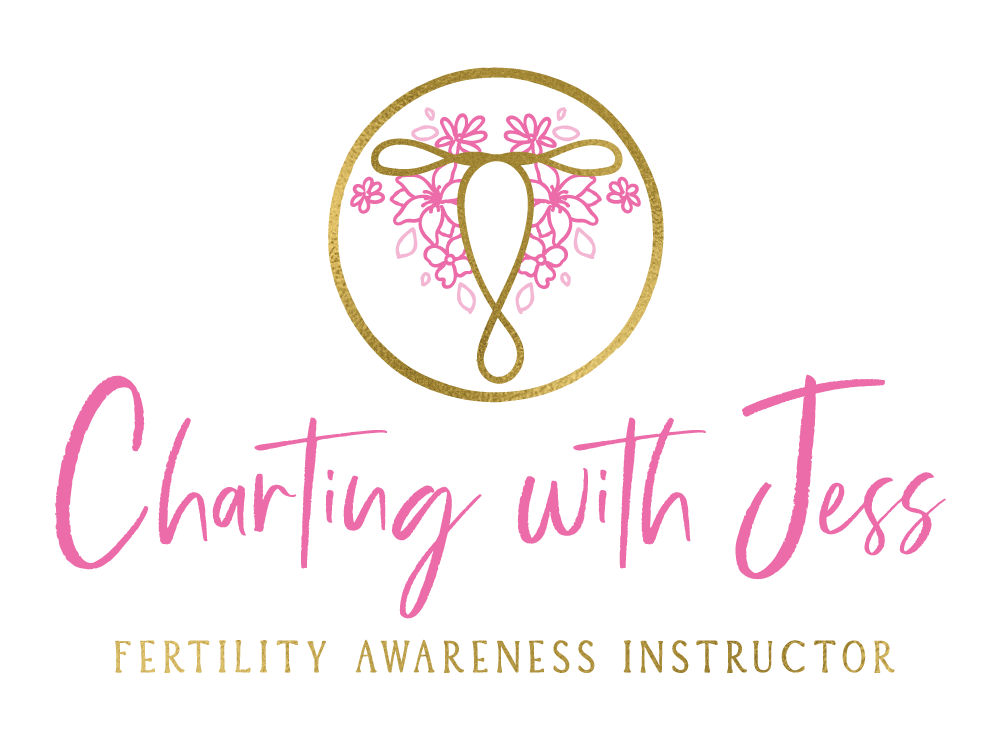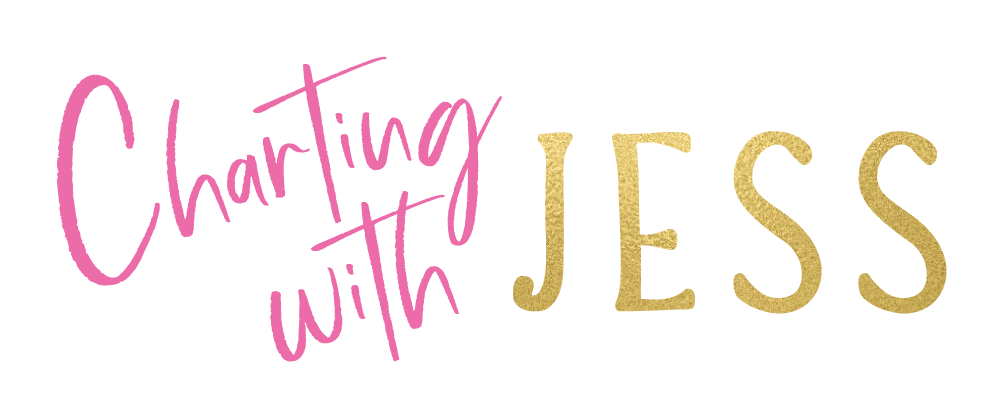Are you tracking your period vs charting your cycle?
A lot of women I speak to tell me they are already tracking their periods so they don’t need to learn the Fertility Awareness Method but there is actually a vast difference as to what both of these terms mean and if you’re even practicing the method correctly – so I’m going to break it down for you.
Tracking Your Period
Tracking your period involves recording the date of your first period and then recording the date of your next period. What the very clever app does that you have input this data into will do, is calculate when you ovulate and show the days you are infertile vs fertile and predict when your next period will arrive.
The huge problem with this is that the information and data the app uses to calculate this is based on previous history and the only really known data is the date your period arrived because it’s something physical you can see coming out of your body. Compared to ovulation, which is something internal that you cannot see. This method is actually known as the Rhythm Method, which was used many, many years ago with the thought that every woman ovulates on day 14 of her cycle. That is a huge myth and unfortunately, doctors still use this method to calculate due dates.
There is no way possible to determine when you have ovulated just by knowing the start of your period to the start of your next period!
It’s very unfortunate when apps such as Flow, Natural Cycles, Daisy and Period Tracker all use app predictions to determine when your infertile day has started. One to two days difference could mean a huge difference if you could create a pregnancy!
Charting Your Cycle
If you are charting your cycles, you would be using a Fertility Awareness Method which consists of tracking two biomarkers: basal body temperature and cervical mucus.
This involves taking your temperature at the same time every morning using a basal body thermometer, input that into an app such as Kindara to see your temperature shift. Check for cervical mucus every day and input the information into your app and from these two biomarkers, you will be able to identify when your fertile window has opened, confirm ovulation, know when your next period will arrive when it is completely safe for you to have unprotected intercourse and when you should abstain or use other barrier methods to stay protected.
I hope that this information has helped you understand the significant differences in tracking your period vs charting your cycle.
If you are wanting to make the switch from tracking your period to charting your cycle and not sure how to start, grab my free eBook 5 Things You Need to Know Before You Start Charting.






